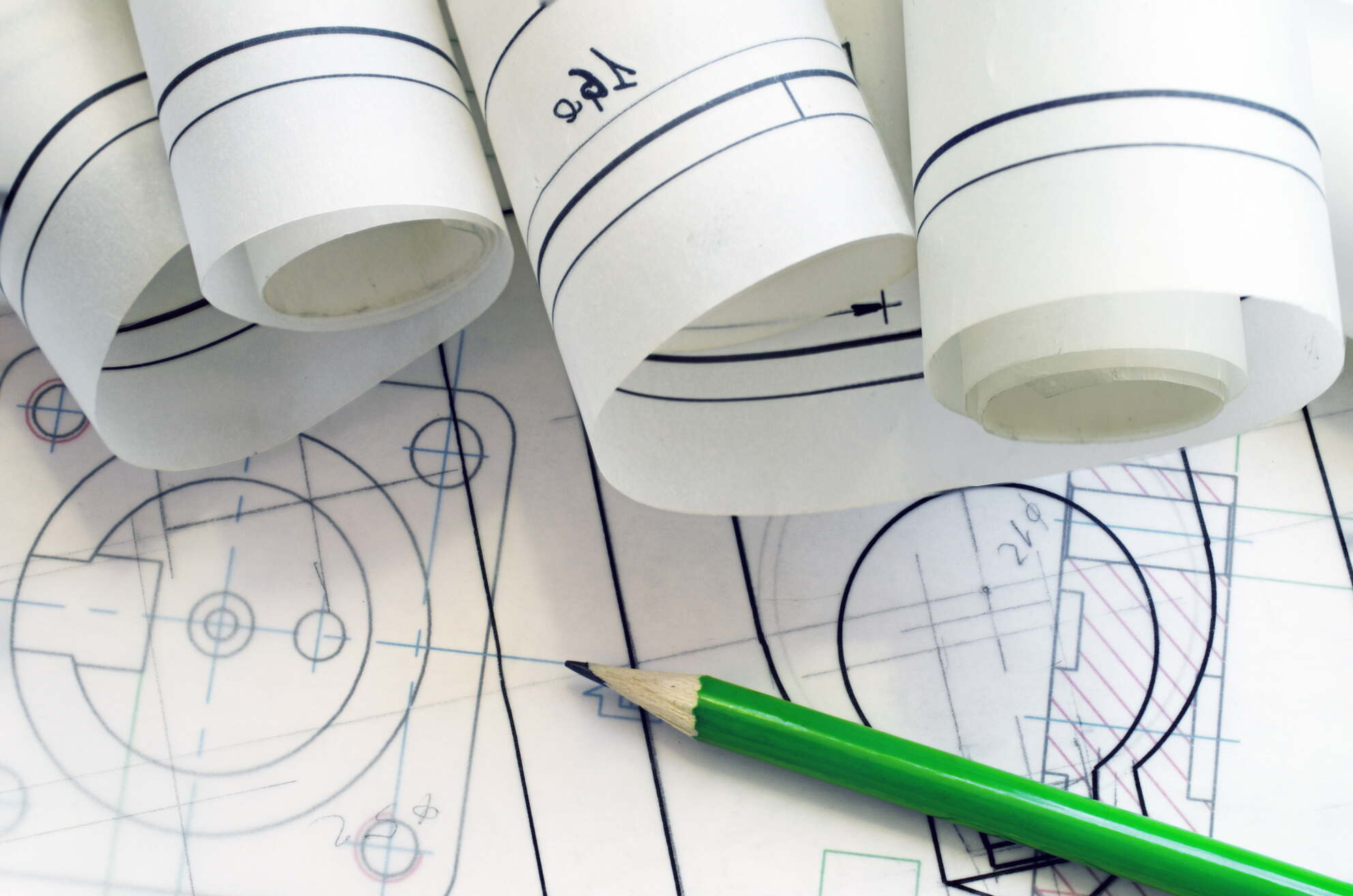A registered design protects a product’s visual appearance, which may include a combination of its shape, colour, configuration, pattern, or ornamentation. It can be relevant for any product with a unique or distinctive appearance, which commonly includes furniture, bottles, clothing, packaging, electronic appliances, toys, and fabric.
Ensuring the design application is filed correctly from the outset is important to creating a strong and enforceable design right. This article outlines what is needed to apply for a registered design and the process from application to certification.
Do you have a design to be protected?
Before applying for design registration, it’s essential to determine whether your design qualifies for protection. First, consider if your product can be produced repeatedly (whether by machine or hand) with the same overall appearance and if its look holds significant value.
Secondly, an important criterion for design registration is that the design must be new and original. This means it should not have been disclosed anywhere globally and must stand out visually when compared to pre-existing designs. In other words, while you may have created the design, can it be considered the first of its kind with that specific visual appeal?
The date you first shared your design is also critical. This includes releasing it to the market or posting images or drawings on social media or a website. Ideally, you should register your design before making it public. However, there is a 12-month grace period during which you can still file for design registration after self-publishing it.
Note: The grace period for self-published designs applies only to disclosures made on or after March 10th, 2022 and within 12 months of your application filing date. Any disclosures outside this timeframe may invalidate your registration.
What information is required to apply?
Most of the information included in a design application is straightforward, such as the designer’s name, the applicant’s details and the product’s name.
The key part of the design application, however, is the representation of the design. Representations are images of your design, and these must show all its visual features. This is best done by including a number of labelled views of your design (such as front, back, top, bottom, and perspective views).
Do not include any other information on the representations, such as dimensions. While photographs of your design can be acceptable in some cases, clear line drawings are preferred. If using photographs, ensure they are taken against a neutral background. Either way, each representation must be consistent and show only one design.
The final piece of information to consider including in a design application is a Statement of Newness and Distinctiveness—this is optional and highlights any particular features of the design that are new and distinctive. The examiner will consider this statement when assessing whether the design is new and distinctive, which is a requirement for certification.
The 2-step registration process
Step 1: Registration
After paying the government fees and filing your design application, it will undergo a formalities assessment, generally within 2 to 3 months. This is simply to check that all the key information has been provided in the application. If any issues need to be resolved, there is a 2-month period in which to do so. If no issues are raised at this stage, a Certificate of Registration will be issued, and your design will be registered. This completes Step 1.
Step 2: Examination and certification
This step is optional and takes a further 2 to 3 months. Certification is required if you want the option to enforce your design rights against others – you cannot do this after step 1. You must request and pay for the examination if you wish to obtain certification. When certification is requested, the design application is more substantively examined.
This involves an Examiner at IP Australia assessing the design against several legislative requirements. The two key requirements are that the design be new and distinctive, as discussed above. The examiner searches for similar designs to make this assessment.
If any issues are raised at examination, they must be addressed within 6 months. If no issues are raised or the issues are resolved, the design will be certified, and a Certificate of Examination will be issued.
A design registration initially lasts for 5 years and can be renewed for a further 5 years. After this period, the owner no longer has a monopoly on the design, and others can copy and use it without recourse.
NOTE: Anyone (such as a competitor) can request an examination of a registered design to test its validity. To do so, they must pay half the examination fee (the applicant must pay the balance).
Key takeaways
Before submitting a design application, ensure you’ve gathered all the necessary details. Clear and precise representations, such as line drawings showing all perspectives of the design, are vital to the application process.
It’s worth noting that examination and certification, which form the second step of the design registration process, are not mandatory but are required if you intend to enforce your design rights against others.
Actuate IP’s team of intellectual property specialists offers support with design investigations, application submissions, and prosecution. For assistance, contact us at 1300 851 138 or email info@actuateip.com.au, and our approachable team will connect you with the appropriate expert to address your needs.
FAQs
What does design registration protect?
Design registration provides legal protection for a product’s distinctive appearance, including its shape, configuration, pattern, or ornamentation.
What are the representations?
The representations are the drawings or photographs which show your design. They must show all aspects of your design, generally by way of several labelled views of the product and should not include any additional material.
How long does the design registration process take?
The period from filing to registration is usually 2 to 3 months. Examination and certification take a further 2 to 3 months.
